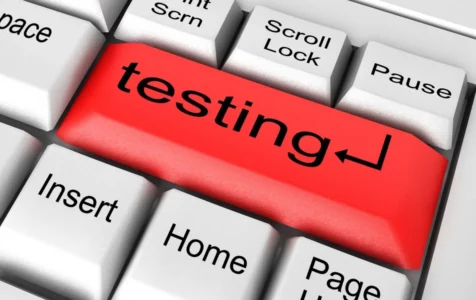Modern medical devices are technologically advanced with software and firmware integrations. Contrary to mechanical systems, technologically advanced medical equipment requires frequent diagnostics monitoring and troubleshooting checklist to ensure that they’re safe, reliable and free from errors or bugs that could compromise their operation.
A Florida-based InterMed Group highlights that hospital equipment downtime spells disaster for all medical agencies. The InterMed Group further say that; hospitals, and healthcare facilities that rely on technology face serious consequences when medical devices abruptly stop working for one reason or another.
However, most of the failures and abrupt downtime of computerized medical devices are as a result of software failures. Several studies have indicated that critical software issues hinder the normal operation of medical devices. For instance, according to U.S. Food and Drug Administration (FDA) data, it indicates that defective software is one of the major causes of medical device recalls. According to another study entitled; Analysis of Safety-Critical Computer Failures in Medical Devices, indicated that 23 percent of these recalls were due to computer-related failures, of which approximately 94 percent presented medium to high risk of severe health consequences (such as serious injury or death) to patients.
Medical Device Software Testing: Diagnosing the problem before it happens
Most medical device software failures occur due to bugs and lack of efficient software testing mechanisms before deployment. The US Department of Commerce reports that the economy losses an estimated $59.5 billion annually because of Software bugs, or errors. The National Institute of Standards & Technology (NIST) attributes these failures to inadequate testing methods and tools.
So, what is medical device software testing?
Well, medical device software testing is not different from any other software testing processes. This means that this process involves thoroughly investigating the quality and performance of medical device software, to determine whether it fits the defined standards. Some of the benefits of medical device software testing include;
- Finding errors and bugs that could cause medical device failures during critical medical diagnostics to patients.
- Preventing public relations crisis that could affect business operations and growth. Critical medical device failures can really affect the reputation of your business.
- Helping in the validation of business workflows, and take performance measures to ensure the desired results.
- Executing security diagnostics. In the healthcare industry, privacy and security of patients’ data is critically important.
- Identifying medical device interoperability. Many medical devices work hand in hand with each other to provide efficient diagnostics. And software testing helps to make sure the integration is seamless.
When You should execute Medical Device Software Testing
It is important to note that software testing is a critical phase in the software development lifecycle. This stage is a must and not an option because without it, it is likely that your software could be buggy or errored, hence affecting the overall performance of any computerized medical device.
In the field of medical technology, it is undeniably important that serious and standardized steps are taken to test and evaluate the quality and performance of the given medical device software.
When it comes to health, it is something that is so sensitive and there should no compromise at all. If medical device software is not properly tested and evaluated, it could pose a huge risk thereby putting people’s lives in danger.
So, when an organization acquires a computerized medical equipment, a team of experts need to test and evaluate it so it can fit the performance standards. There are Medical Software Development contractors like Jelvix with industry experience in the field of medical software and application development.
